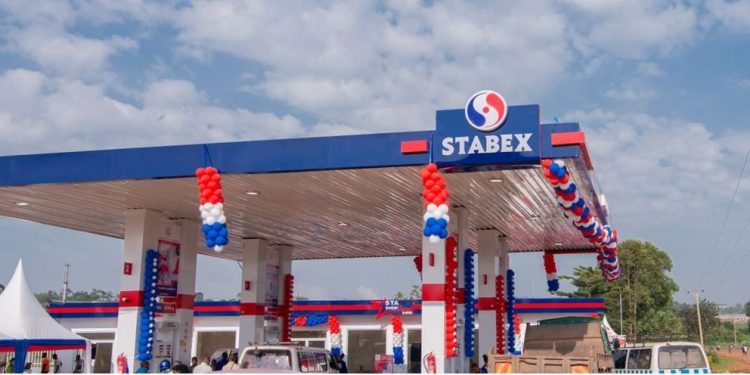The Lands, Housing and Urban Development Ministry together with the National Physical Planning Board have released guidelines and regulations for the location and establishment of pump fuel stations in the country. This is aimed at tackling the challenge of the mushrooming pump fuel stations mostly in the urban centers, which pose danger to the community and the environment.
Addressing journalists at the government-owned Uganda Media Center on Wednesday, the Lands, Housing and Urban Development Minister Judith Nabakooba, said that there is a growing concern about the increasing number of pump fuel stations mostly in urban areas, particularly in the Kampala Metropolitan area.
Nabakooba said that some of the pump fuel stations were established in total disregard of the existing laws and land use due to a lack of clear coordination mechanism among government institutions in the approval process, supervision and compliance.
She also said that this has prompted her ministry and the National Physical Planning Board to draft physical planning conditions for the location of pump fuel stations in the country in consultation with the police, Uganda National Bureau of Standards (UNBS), Kampala Capital City Authority (KCCA), NEMA, the Attorney General, fuel dealers among others.
Amanda Ngabirano, the Executive Director of the National Physical Planning Review board, revealed that the board conducted a survey in 10 new cities and the greater Kampala Metropolitan area and found mushrooming fuel stations that are close to each other.
She explained that their decision to introduce the regulations is aimed at avoiding the same mistake in the upcoming towns and guiding the upcoming fuel stations.
She also noted that they intend to conduct an audit of the existing fuel stations to establish whether or not they followed the set standards. According to the regulations, any person who wishes to construct a fuel station shall after obtaining a building permit under regulations 4 apply for a petroleum facility construction permit from the ministry responsible for energy prior to commencing construction.
The fuel station shall not be located less than 200 meters from a high-density residential area. A fuel station shall not seat less than 200 meters from facilities such as a school, place of worship, hospital, markets and playground. They will also be required to maintain a distance of not less than 200 meters from another pump fuel station or the opposite or along the same road.

The regulations also provide a penalty of 48 currency points, which is equivalent to Shillings 960,000 or imprisonment not exceeding two years or both for any person who contravenes the regulations.
According to the Ministry of Energy and Mineral Development, there are 1047 licensed fuel stations and more than 2000 unlicensed pump fuel stations operating in the country. In December last year, Kawempe division councillors raised a red flag over the mushrooming pump fuel stations in their area, which are a danger to the community and the environment.
The Division Mayor, Emmanuel Sserunjogi noted that there are over 200 pump fuel stations, some of which are found within the communities and are very close to others.











